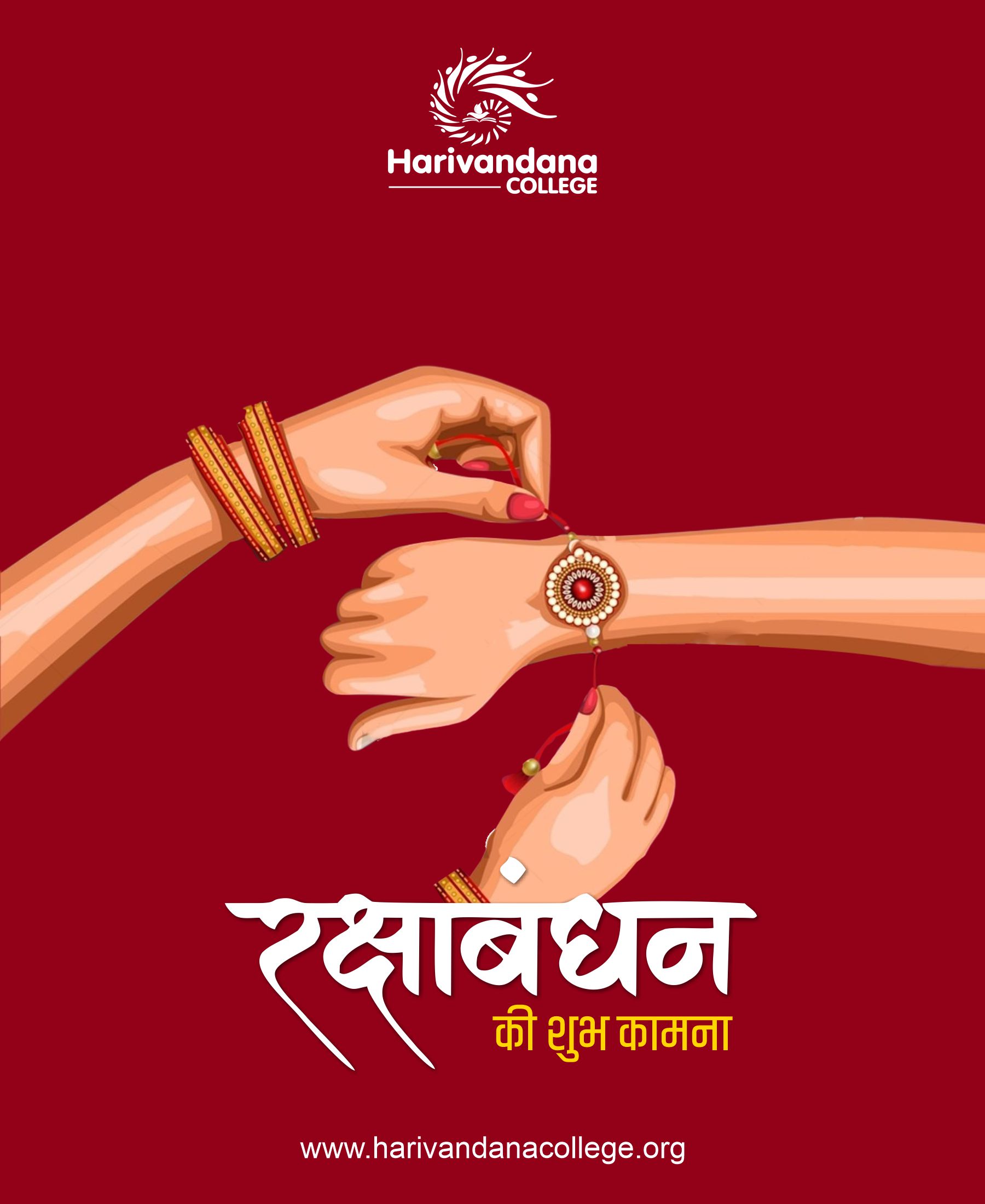History of Raksha Bandhan
Raksha Bandhan’s history stretches back centuries, intertwining with mythology, folklore, and social customs. Here are some key aspects of its intriguing past:
Mythological Origins
Several legends weave the narrative of Raksha Bandhan:
- Draupadi and Krishna: According to Mahabharata, Draupadi, the wife of the Pandavas, tied a piece of her saree on Krishna’s wrist to stop his bleeding finger, symbolizing their unbreakable bond. This sacrifice cemented their relationship and Krishna’s unwavering protection.
- Yamuna and Yama: Another legend narrates the story of Yama, the lord of death, and Yamuna, the river goddess. Yamuna tied a Rakhi on Yama, granting her immortality and reminding him of the importance of sisterly love. This legend emphasizes the power of the Rakhi to conquer death and adversity.
- Satyabhama and King Nala: A lesser-known tale recounts the devotion of Satyabhama, who tied a Rakhi on King Nala to protect him from misfortune and restore his lost kingdom. This story highlights the courage and selflessness of sisters.
Historical and Cultural Roots
Beyond mythology, Raksha Bandhan finds historical and cultural references:
- Ancient India: Evidence suggests the practice of tying threads for protection and good luck existed in ancient India. Raksha Bandhan might have evolved from these customs, merging with the concept of sibling love.
- Territorial exogamy: In traditional Hindu communities, brides often leave their natal villages after marriage. Raksha Bandhan strengthened the connection between married sisters and their brothers at home, reaffirming their bond despite physical distance.
- Social bonding: Over time, Raksha Bandhan transcended its familial roots. It became a way to celebrate relationships and bonds beyond blood ties, including friends, mentors, and respected figures.

